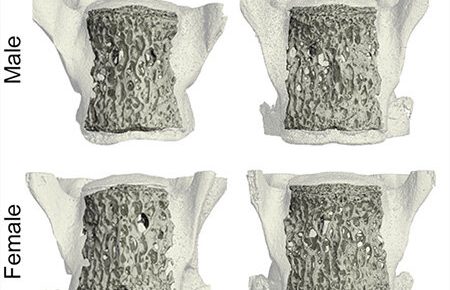Editor’s note: Find the latest COVID-19 news and guidance in Medscape’s Coronavirus Resource Center.
The first 4 months of the COVID-19 pandemic saw declines as steep as 30% in the numbers of patients with kidney failure starting treatment such as dialysis or transplant, new research indicates.
The cross-sectional study of more than 127,000 adults in the United States also reveals that patients with kidney failure who are Black or live in counties with high rates of COVID-19 deaths had significantly worse kidney function, compared with prior years, by the time they sought treatment.
“These substantial declines were actually unprecedented nationwide,” said lead author Kevin Nguyen, PhD, an investigator in the Department of Health Services, Policy and Practice at Brown University School of Public Health in Providence, Rhode Island.
The findings, published in JAMA Network Open, reflect the larger disruption of healthcare delivery wrought by the pandemic, Nguyen told Medscape Medical News.
Other plausible reasons for kidney treatment delays include cost of care, fear of COVID-19 infection, or shared decision-making by patients and providers to delay therapy. While the study didn’t examine these influences, “I imagine a combination of them were driving this change,” Nguyen said.
Key Insights to Guide Care in Future Waves or Pandemics
The results also provide nephrologists and public health officials with key insights to improve kidney failure treatment during any further COVID-19 waves or a future pandemic, another expert told Medscape Medical News.
“I think this is going to potentially teach us what is essential and what’s not essential [care],” said nephrologist F. Perry Wilson, MD, of Yale University School of Medicine in New Haven, Connecticut.
“These data show us that predialysis care really should be essential,” Wilson emphasized. “This is the kind of thing we should be protecting even when the health system is under strain.”
He added, however, that he’s heard anecdotally from other nephrologists that kidney failure treatment trends improved as the pandemic continued beyond its first fraught months.
Indeed, the study suggests that subsequent months saw a gradual rebound in those initiating treatment, but not to pre-pandemic levels, Nguyen said.
“It makes sense to me that as we learned the pandemic was really here to stay, and not going to be a single wave…the collective realization was we need to get back” to starting dialysis or proceeding with kidney transplants, Wilson said.
Maintaining Continuity of Care Is Essential Throughout Pandemic
Using data from a national census of all patients with kidney failure who start long-term dialysis or receive a pre-emptive kidney transplant, Nguyen and colleagues assessed the changes in patient numbers initiating treatment from March through June 2020 as well as changes in kidney function using estimated glomerular filtration rate (eGFR).
The overall analysis included all US patients who developed and initiated treatment for kidney failure from January 2018 through June 2020. Factors such as race and ethnicity were also identified, along with county-level COVID-19 mortality rates and neighborhood socioeconomic traits.
Compared to pre-pandemic years, the number of patients with kidney failure initiating treatment dropped by about 800 patients, or 30%, in April 2020, Nguyen said. Drops in kidney function measurement were seen among Black patients in the pandemic’s first months and those living in counties with the highest COVID deaths.
Wilson said he wasn’t surprised the study showed “clear signs of disparities” across racial and socioeconomic groups in either seeking treatment or experiencing kidney function loss, or that care was disrupted for patients with kidney failure in general early in the pandemic.
He noted that the expansion of telehealth use during the pandemic “was a particularly powerful lesson we can leverage in future pandemics. We’ve learned a lot from that kind of outreach, and I hope it translates” into the future, he said.
Nguyen said the “primary lesson” from his findings “is that maintaining continuity of care and improving care for people with kidney disease throughout and after the pandemic is critical.”
“It’s important to identify approaches that were successful for future waves and any future pandemic,” he concluded.
The study was funded by the National Institute of Diabetes and Digestive and Kidney Diseases. Nguyen and Wilson have reported no relevant financial relationships. Wilson is a contributor to Medscape and a member of Medscape ‘ s advisory board.
JAMA Netw Open. 2021;4:e2127369. Full text
Maureen Salamon is a New Jersey-based freelance medical journalist with credits in The New York Times, The Atlantic, CNN.com, and other major outlets.
Follow Medscape on Facebook, Twitter, Instagram, and YouTube.
Source: Read Full Article



